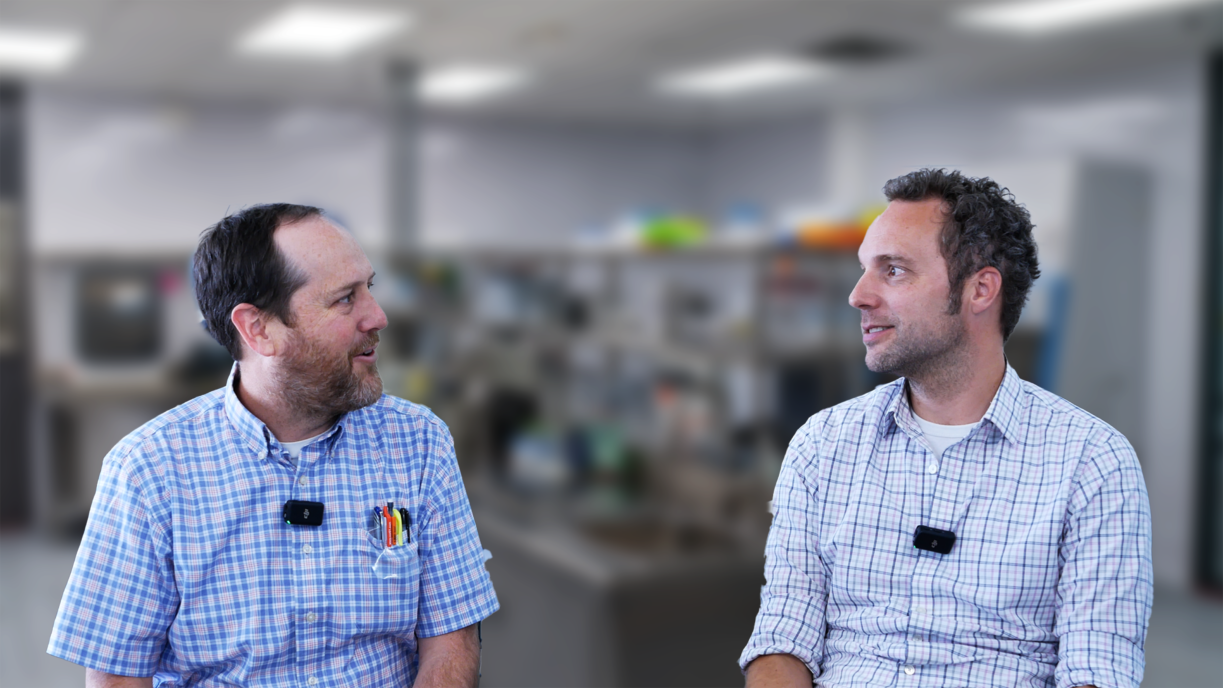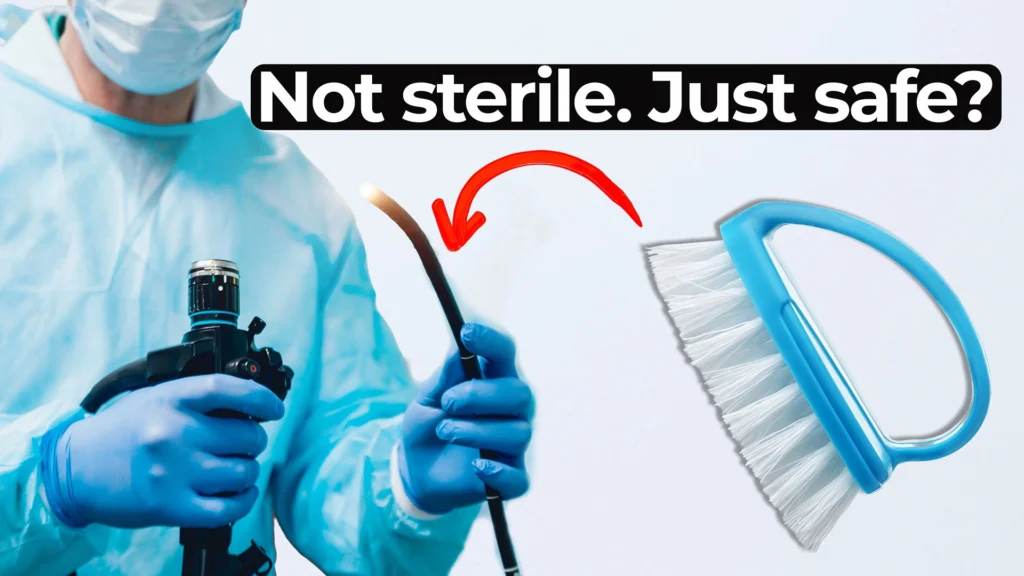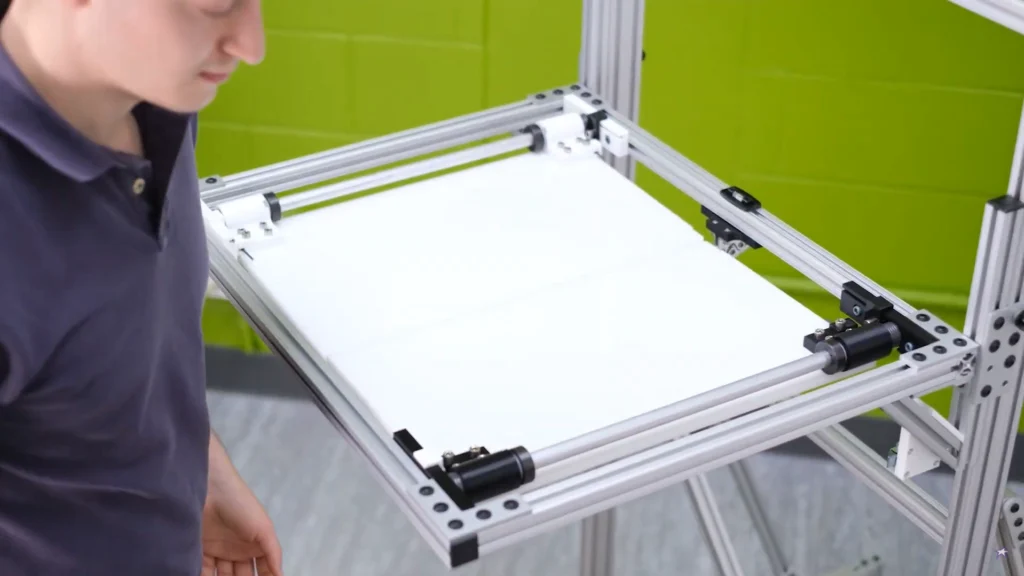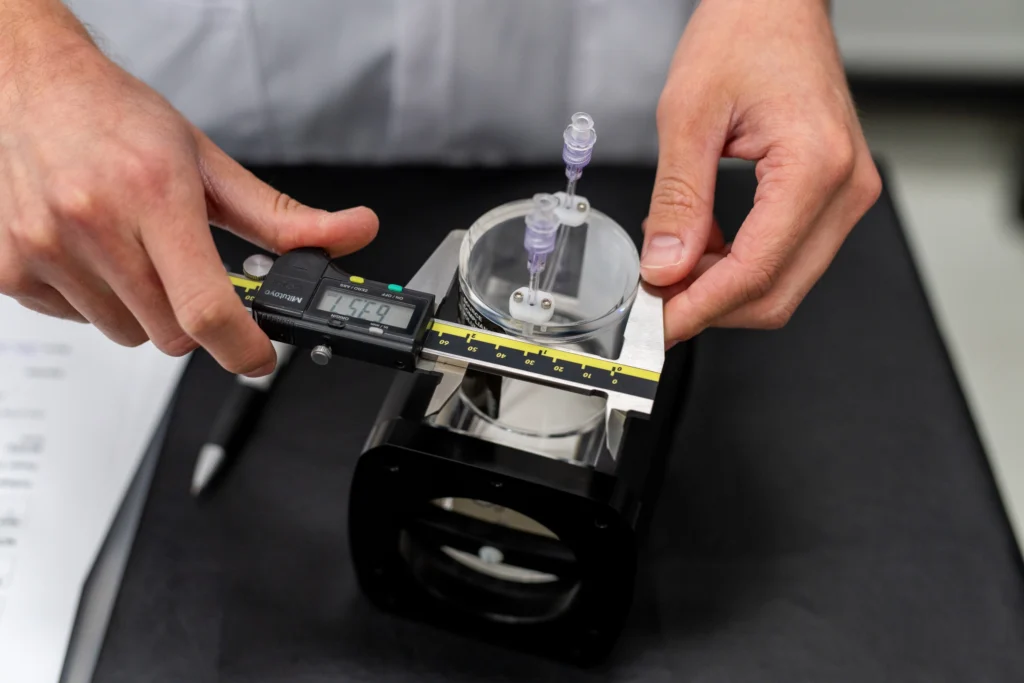
Bio Break: Strategies for Expanding Market Reach
Nick and Joris explore the fascinating world of repurposing existing medical device technologies for new market sectors. As engineers and innovators, we often focus on creating brand-new solutions, but what about leveraging tried-and-true technologies to expand into untapped markets? This strategy not only opens doors to new revenue streams but also maximizes the potential of existing innovations.
The conversation begins with an insightful discussion on how companies like Abbott and Dexcom have successfully transitioned their continuous glucose monitors from prescription-based to over-the-counter (OTC) products. Joris highlights the critical role of regulatory planning in this process. Transitioning to OTC isn’t just a matter of changing the product label; it requires redefining user interfaces, conducting extensive clinical trials, and ensuring the product is safe and effective for a broader, less trained audience.
Nick and Joris dive into the complexities of adapting devices for new use cases. They discuss how user interfaces designed for healthcare professionals need significant simplification for at-home users. This step often includes rebranding efforts, as seen with Dexcom and Abbott, to better align with the new target audience.
The duo also touches on how the same strategy applies to pharmaceuticals, such as medications originally developed for one condition but later approved for entirely different indications, like Ozempic’s transition from diabetes management to potential neurodegenerative applications. However, unlike pharmaceuticals, medical devices often require tangible changes to the hardware or software, making the repurposing process both a technical and strategic challenge.
Whether you’re a startup or an established medtech company, this Bio Break episode offers valuable insights into how repurposing existing technologies can expand your market presence while navigating the unique regulatory and user-experience challenges involved.
Strategies for Expanding Market Reach
Learn how StarFish Medical led a consortium that created a Ventilator 2.0 therapy device in record time.
Related Resources

Ariana and Mark examine the complexities of endoscope reprocessing, one of the most difficult tasks in medical device hygiene.

Medical device drop testing helps ensure that products and packaging survive real-world handling. We demonstrate in-house drop testing on an actual device and its packaging using a custom-built drop tester.

Medical device startups/founders and enterprise partners have unique strengths and goals, which are often reflected in the way they work with CDMO (Contract Development and Manufacturing Organizations) partners.

In the highly regulated world of medical device development, ensuring product safety, quality, and compliance is essential. One critical yet often overlooked aspect of this process is test method validation (TMV) in medical device development.